And in the same year, a Soviet interplanetary station reached Venus. While the first artificial satellite was flying in the planet's orbit, the lander reached the planet's surface on October 22, 1975 and transmitted the first panoramic images. Communication with the device lasted 53 minutes.
“... On October 22, 1975, the Venera-9 interplanetary station, having covered over 300 million kilometers in 136 days of flight, was launched into orbit around Venus and became the first artificial satellite of Venus in history. The lander of the station made a soft landing on the surface of Venus. For the first time in the atmosphere of the planet Venus at a pressure 90 times greater than on Earth, and a temperature of 485 degrees Celsius, a unique image of the surface of Venus at the landing site was obtained ... ".

In the 1960s, attempts began in the USSR to launch vehicles to Venus as part of the Venera space program. The first launch was unsuccessful, but already the second spacecraft Venus-1 reached the planet's gravity zone, where communication with it was lost - it flew 100,000 km from the surface. In 1965, the result was already better - 24,000 km.
Venera-4 delivered the descent vehicle and was able to obtain pressure data, which was used in the construction of the following vehicles. Venus 7 made its first soft landing on another planet - in 1970.
And Venus-9 in 1975 for the first time transmitted a television panorama from Venus to Earth.
The device measured the density of the soil and the content of natural radioactive elements. He was not alone - together with Venus-9, the descent Venus-10 landed on the surface, and the stations flew around the planet at that time. We learned that 5-10% of the solar energy reaches the planet's surface in the form of radiation scattered by clouds.
45 years have passed, and this event still remains significant in the history of space exploration.
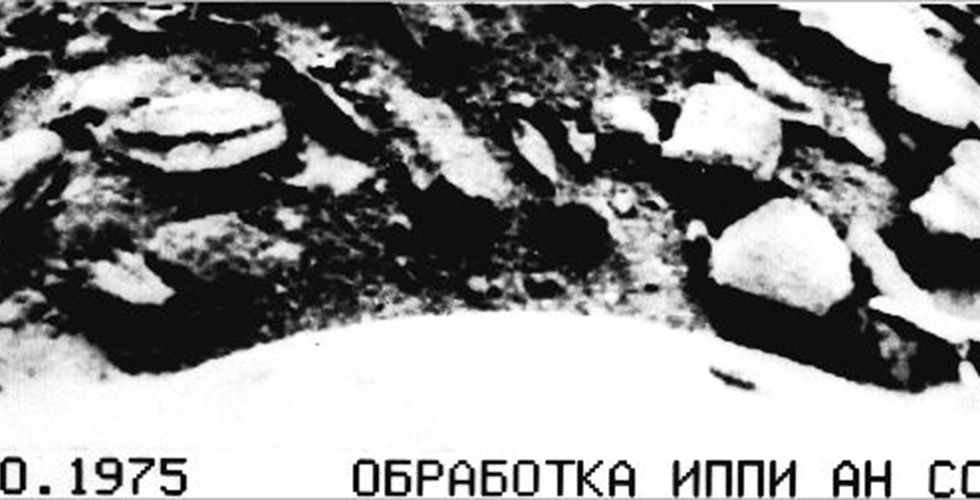
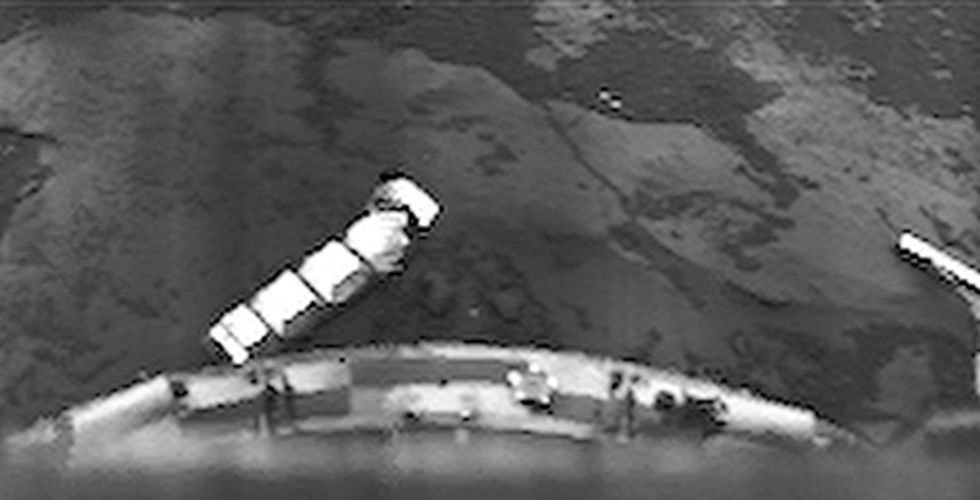
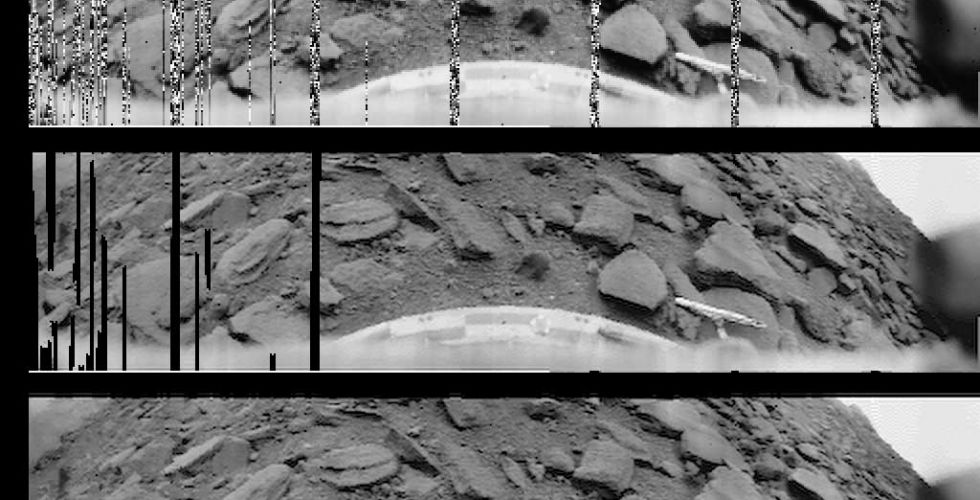
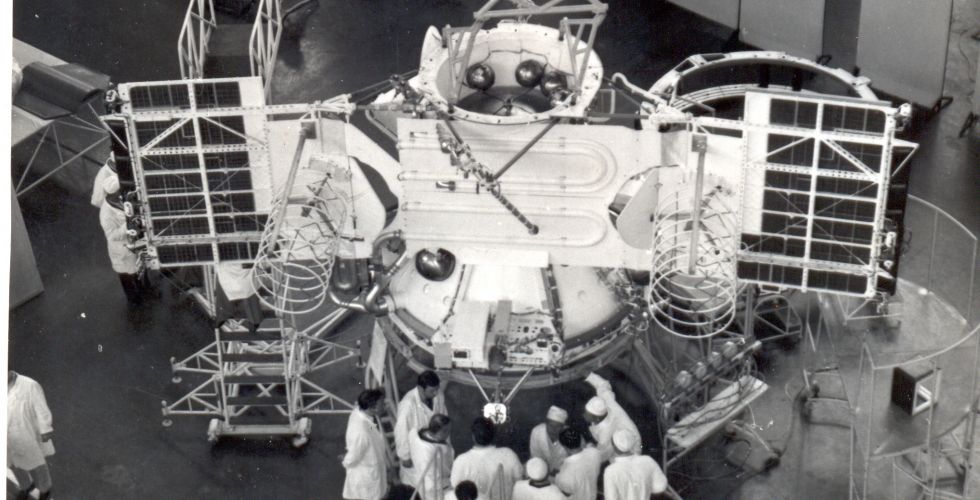
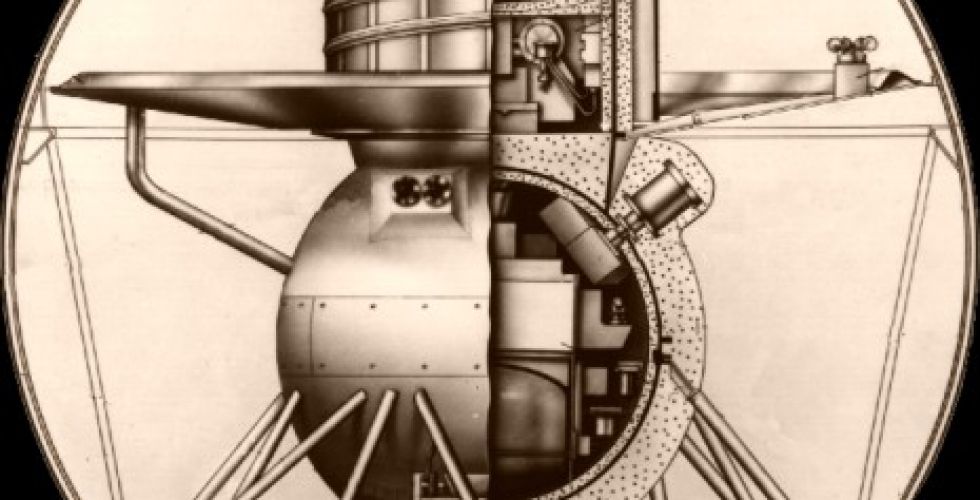
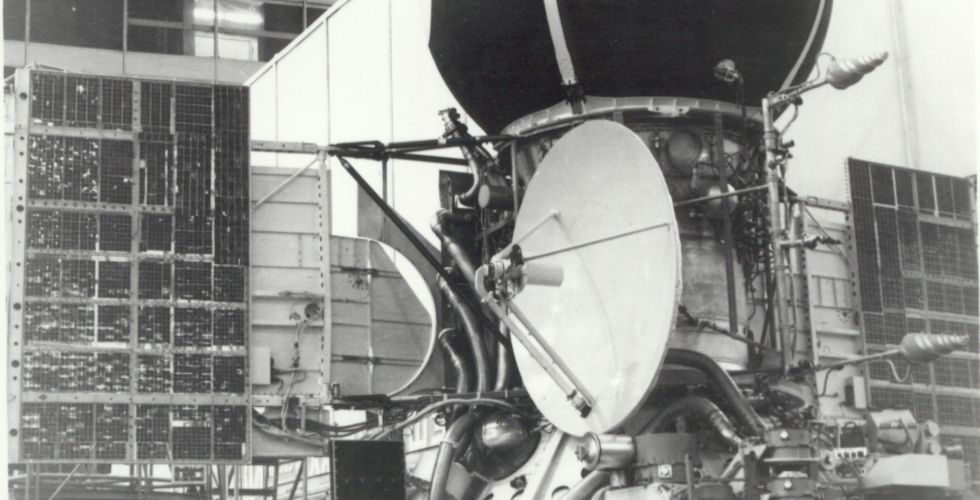
Photo: Roscosmos .